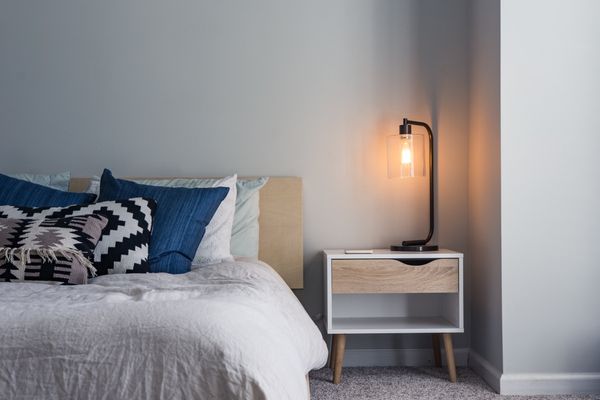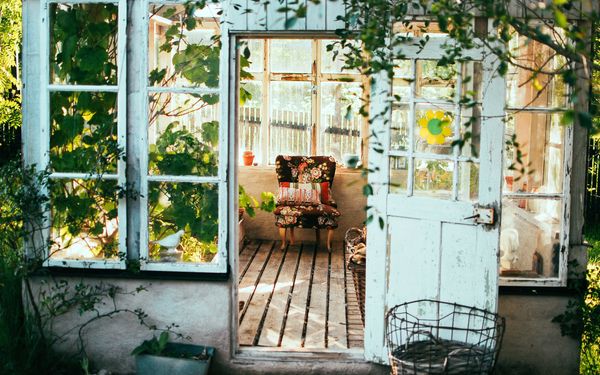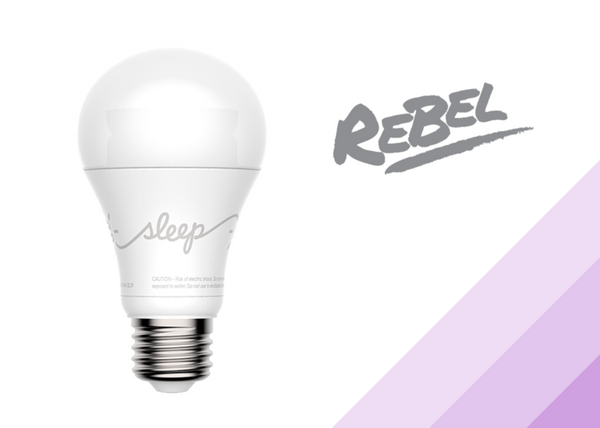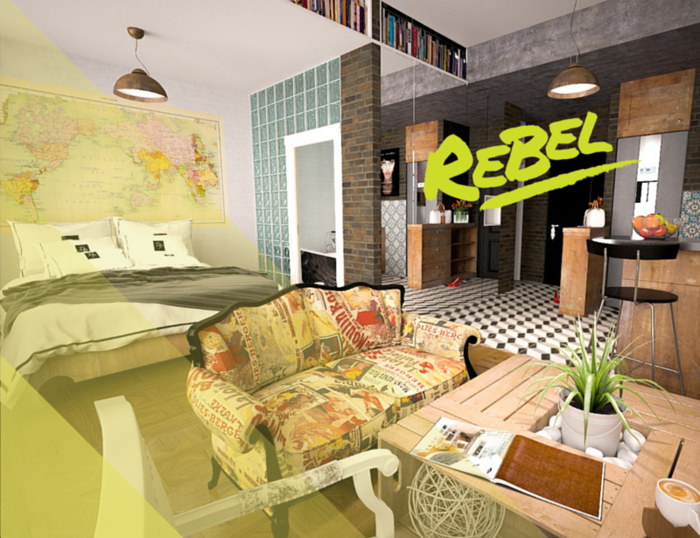
The color you use to decorate a room has to do with a lot more than just aesthetics. Color can change the entire mood of a room, can make you feel calm or anxious, can spur your creativity or even curb your appetite. Using color therapy, you can ensure that your physical environment is conducive to the purpose of the room -- whether that be work, sleep, or sociability.
Red
While the color red is often associated with danger, it can also spark feeling of passion, warmth, adventure, optimism and energy. It creates a sociable environment and can also help spur your appetite. However, the overpowering colour can also give you headaches. We suggest using red in a dining room or as a feature wall.
Orange
Orange is a bright color that, like red, can bring feelings of warmth. It can also make you feel stable, reassured, excited, enthusiastic and is said to help with digestion. However, the use of orange on walls can make the room look smaller, so it's best used in an area with lots of natural light. We suggest using orange in a living or dining room, or a social area of the office.
Green
Green is a calming color that is usually associated with nature, energy and tranquility. However, the calming effects of this colour can be too great -- people tend to become too laid back. We suggest using green in your bedroom or living room. This is definitely a colour you want to keep away from an office (unless balanced out with red or orange).
Blue
Blue is a calming colour that is associated with serenity, loyalty and helps encourage intellectual and contemplative thoughts, and is known as the color of productivity. It is believed that blue can curb your appetite and keep nightmares at bay. Lighter shades will be more calming, while jewelled tones will be more energetic. We suggest using blue in the office or living spaces.
Yellow
Yellow is another bright colour that is associated with energy and helps to encourage intellectual thought, conversation and feelings of optimism. Like orange, it is also a color that can speed up your metabolism. However, it is not very calming and can make feelings of emotional distress feel heightened. While yellow will work well in the kitchen, dining room or work area, it should not be used in bedrooms.
Lilac
Lilac is thought to be a spiritual color. It's best used in places that are considered sanctuaries -- bedrooms, bathrooms, or even a reading room.
Gray
Gray is similar to lilac in that it encourages serenity and calmness. It is also known for its sophistication and as a symbol of luxury. However, the color can make some feel dreary, so it is best used in combination with other tones. We suggest using gray in a bathroom, bedroom or living room.
Brown
Brown is a colour of nature that can help you relax. Because of its earthy tone, it makes a room feel inviting and will spur feelings of stability. However, the color is quite robust, so it is best paired with another earthy tone, like green. We suggest using brown in a living room.
Purple
As a mix of blue and red, purple is often seen as an exotic colour that spurs creativity. It is also a symbol of royalty. We suggest using this color in an office, kitchen or living room.
H/T BBC, Now Sourcing, HGTV







